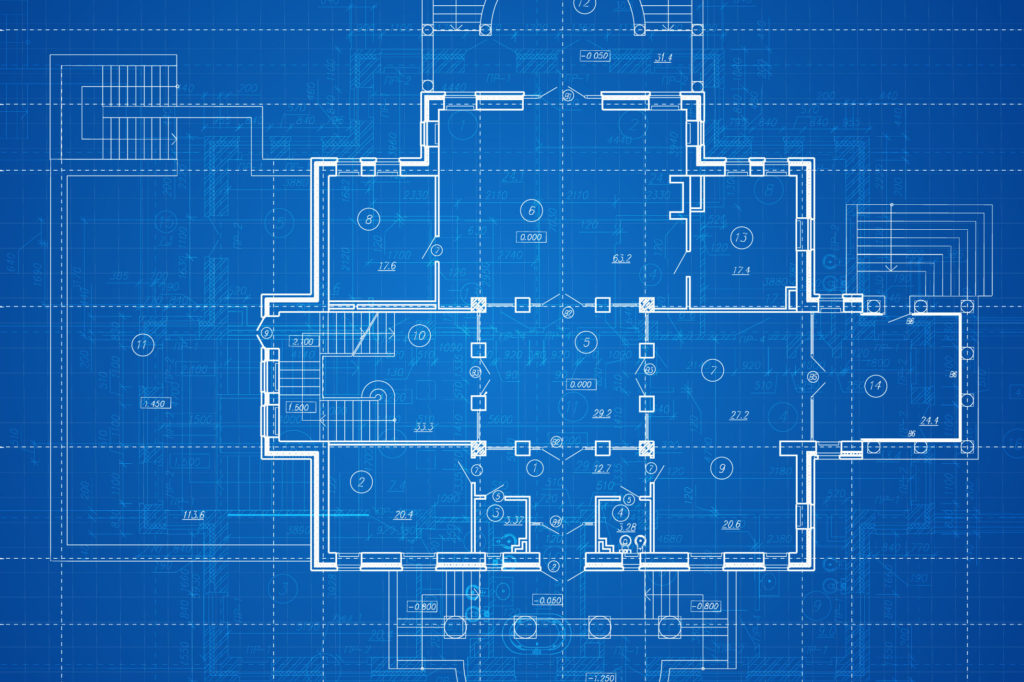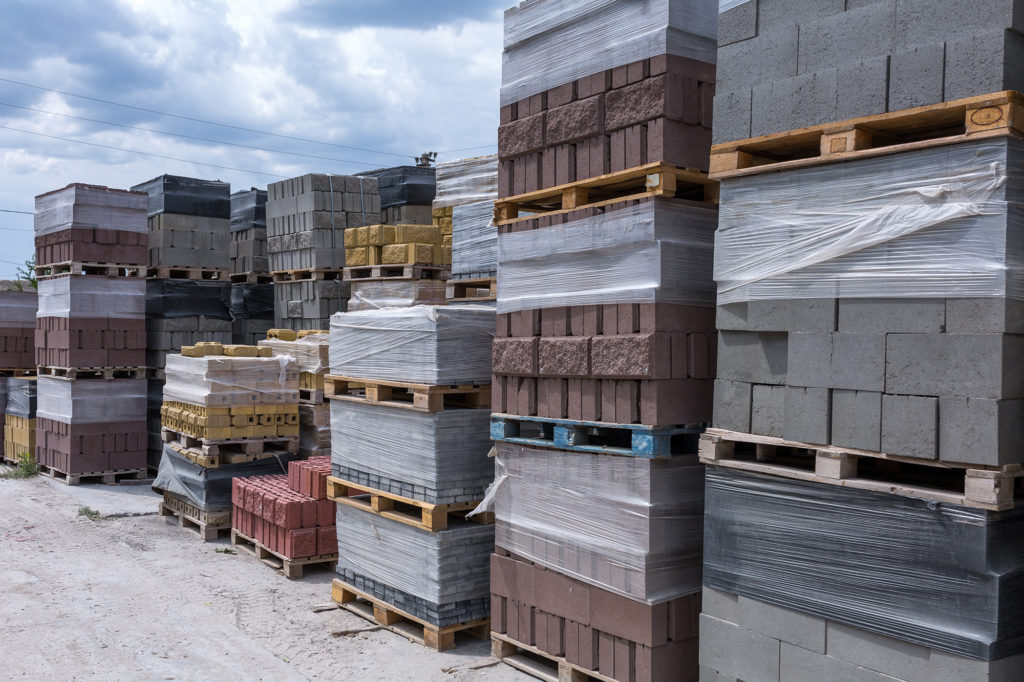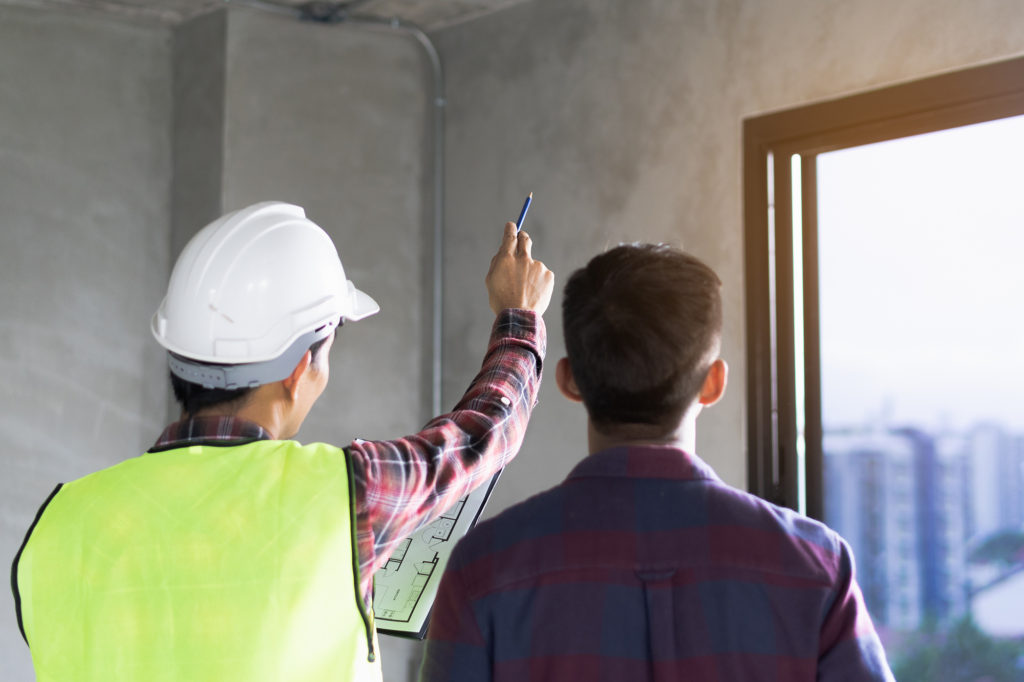6 Construction Project Phases
Contrary to popular belief, construction projects don’t only include the physical construction work, but they move a construction life cycle. There are steps before and after the actual building that are crucial to ensuring a successful project. Proper planning and concluding can help tie up any loose ends and ensure every part was done correctly. While every contracting company functions a little differently, the general timeline of phases remains consistent. Being knowledgeable about the process is essential to producing a project that hits all the objectives in a timely manner.
1. Conception Phase
The conception phase refers to the process of designing, planning, and gathering the necessary permits to begin the project. Generally, the project location is selected to reflect the objectives of the final project. For example, a new high-rise apartment building would be built in a city center in close proximity to grocery stores, city buildings, and offices. Once the location is locked down, the team will review the specific building codes and permits that need to be followed and acquired. This phase is necessary to ensure that the project can be completed without risking safety hazards and potential lawsuits.
Once the location is locked in and the building codes are identified and met, the design process begins. Here the main structure of the building is developed to be both aesthetically pleasing and structurally sound. This is often a combined effort between the architect and the head civil engineer done via a technical software program. Together, the two and their teams will compose a design plan including the schematic design, contractual agreements, construction documents and the development steps. The entire building plan needs to be fully completed prior to ordering and shipping all the necessary building materials.
The final part of this phase is the project budgeting. Once the full building is designed, the needed materials will be listed and priced out to determine a suggested budget. While the numbers may change due to fluctuations in cost, this initial expense is a starting point. Often it is at this point that the bid process begins and various companies present proposals as to why they should be selected to complete the project.

2. Pre-Construction Phase
The pre-construction phase is a relatively broad process that involves completing all the necessary steps before starting the actual project. Similar to the conception phase, the pre-construction process is an extension of its predecessor. It is necessary to develop a more specific building timeline with deadlines, associated costs, and schedules to ensure its execution.
In this phase, a project team is assembled to take on the responsibility of completing the project. They are in charge of developing a sound communication plan and a foundation to utilize throughout the project’s timeline. Without a strong foundation to start on, the project can easily collapse and cause hundreds of thousands of dollars to be wasted. The project team usually includes a project manager, contractor, field engineer, health and safety manager, and superintendent. Together this group covers all the necessary bases.
At this point comes the cost estimation process. While a preliminary budget has already been established in the first phase, this cost estimation process is more fleshed out and includes the price of labor, schedule, materials, conditions, and any other requirements that need to be met.
To close out this phase, a legal team comes in and puts together a binding contract signed by the project owner and the contractor. This allows for the process to begin legally and outlines any contractual obligations and constraints to follow throughout the process.
3. Procurement Phase
Procurement is defined as the process of acquiring the things needed to complete a specific task. In the context of a construction project, this includes building materials, human labor, machines, and other equipment. This stage can vary in complexity and time needed. For smaller projects, procuring all the necessary people and materials isn’t too tedious. However, for large projects with multiple parts and crews, this can be an extensive process.
When it comes to saving on expenses, this stage is generally the most generous. Long-time, experienced contractors generally operate with a network of suppliers who may provide discounts for choosing their crews for specific projects. Renting heavy machinery and equipment Additionally, the economy of scale and the price of materials in bulks can sometimes turn out to be surprisingly cost-effective and affordable relative to the budget available.

4. Site-Prep Phase
Some jobs sites are empty plots of land with very little needed to prepare them for the construction to begin. However, when it comes to a total remodel or a demolition-based site, there is quite a bit of work to do prior to starting the new construction. Demolishing buildings isn’t as straightforward as simply knocking them down. In fact, if the job site is in a relatively populated area, the demolition process needs to be executed properly to avoid any collateral damage or injury to bystanders.
Depending on the size of the building, the material it’s made of, and its location, the demolition method will vary. For smaller projects, handled demolition devices like sledgehammers and jackhammers are often used. On large projects, manually operated equipment like demolition robots, wrecking balls, excavators, and bulldozers are favored. These heavy machines are effective and provide less risk than explosion-based methods.
5. Construction Phase
The construction phase is the process that most are familiar with. This process encapsulates any process that refers to the actual construction itself. Depending on the project, this can be, at times, a very wide net. If the pre-construction phase was properly executed and well-planned, breaking ground can be a very smooth process. As you can imagine, if the pre-construction phase was neglected, the project can face some serious and costly delays.
Most professional contracting teams emphasize the importance of having a pre-construction meeting prior to starting the build. This meeting includes topics like logistics, primary communication details, safety, quality control, and possible challenges. Once this meeting is held and the listed issues are addressed, the construction begins. At this point, the main contractor takes control. As the construction crews build, the design team will periodically come in to monitor the progress and work through potential issues that may arise as the building continues. At this stage, the schedule is essential. Staying on time is necessary to maintain the projected budget and to finish by the ending deadline.
6. Close-Out Phase
The close-out phase, also known as the post-construction phase, is the last, and most critical, part of the process. At this point, the entirety of the building construction is completed, but the project has not yet left the responsibility of the main contractor. At this point, all the resources that are no longer needed are returned, this includes equipment that was rented, and any other remaining tools and personal items that were left at the site are removed.
The project manager and the civil engineer then walk through the site and identify any errors, incomplete parts, potential safety issues, and develop a punch list that outlines all the fixes that need to be made. The crew then comes back in to right all the wrongs and address any potential, more extensive problems.
At this point, the project and all its accompanying manuals, accounting books, drawings, specifications, and plans are given over to the owner. Sometimes this process is referred to as commissioning. Finally, the project is returned to the owner and becomes permanent property.


